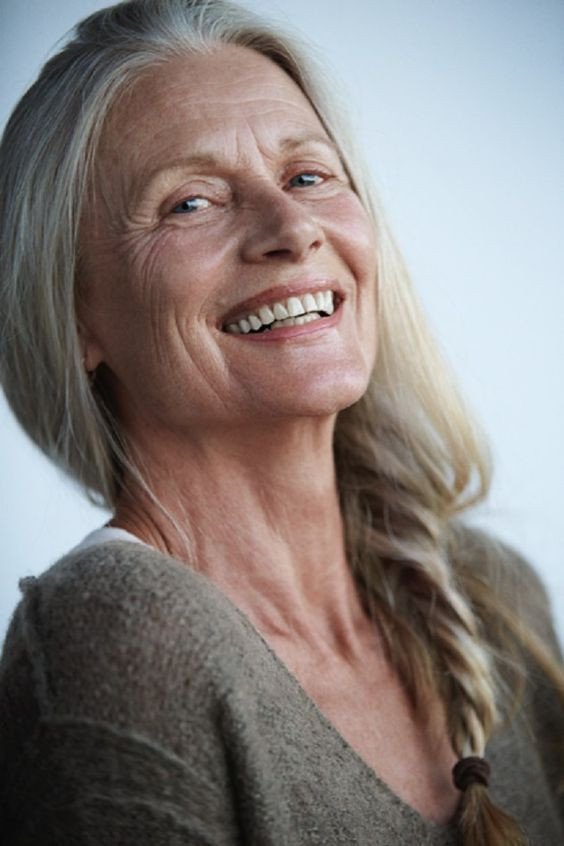views

If you’re exploring options to boost volume or conceal thinning hair, you’ve likely come across both hair pieces and toppers. While these terms are sometimes used interchangeably, they refer to two different types of hair enhancements with distinct features and purposes. Understanding the difference between hair pieces and toppers can help you choose the right solution for your needs.
Let’s break down how they compare.
No space after headings as requested:
What Are Hair Pieces?
Hair pieces are a broad category of hair enhancements designed to add length, volume, or flair to specific areas of the head. They come in various forms, such as ponytails, bangs, buns, chignons, and clip-in extensions. Hair pieces are usually used to enhance a hairstyle rather than to conceal hair loss.
They are ideal for those who want a temporary boost or style change without altering their natural hair. Hair pieces may attach with clips, combs, drawstrings, or elastic bands and are available in both human hair and synthetic options.
What Are Hair Toppers?
Hair toppers are specifically made to cover areas of thinning or hair loss—usually on the crown, top, or part line. They are more structured than general hair pieces and often come with a base that resembles the scalp, such as a monofilament or lace top, to ensure a natural look.
Wig toppers are designed to integrate with your natural hair, blending at the roots and providing coverage that mimics natural hair growth. They are available in a range of sizes to suit different stages of hair thinning and come in both synthetic and human hair varieties.
Coverage and Purpose
The key difference lies in function. Hair pieces are used primarily for style enhancement, while toppers serve a practical role in concealing hair thinning or loss. Toppers are built to provide scalp coverage and blend in seamlessly with your bio hair, making them ideal for women with fine, thinning hair, or medical hair loss.
Hair pieces, on the other hand, don’t usually offer scalp coverage and may not be suited for covering thinning areas. They’re more about creativity and changing up your look.
Blending and Wearability
Because hair toppers are intended to cover real hair loss, they’re constructed with thoughtful details like natural partings, breathable bases, and secure clip placements. They need to be well matched in color, texture, and density to your natural hair for a believable blend.
Hair pieces may be more forgiving when it comes to blending, especially if they’re used to create hairstyles like ponytails or buns that don’t involve visible part lines. However, they still need to be close in color and texture for the most natural appearance.
Who Should Wear What?
If you want to add volume or length to your style without hair loss concerns, hair pieces are the way to go. They’re great for events, daily style variety, or protective styling.
If you're dealing with visible thinning, especially on the crown or part line, a hair topper is better suited to provide both coverage and confidence. Toppers are the go-to for women who want a fuller head of hair with a realistic finish.



Comments
0 comment